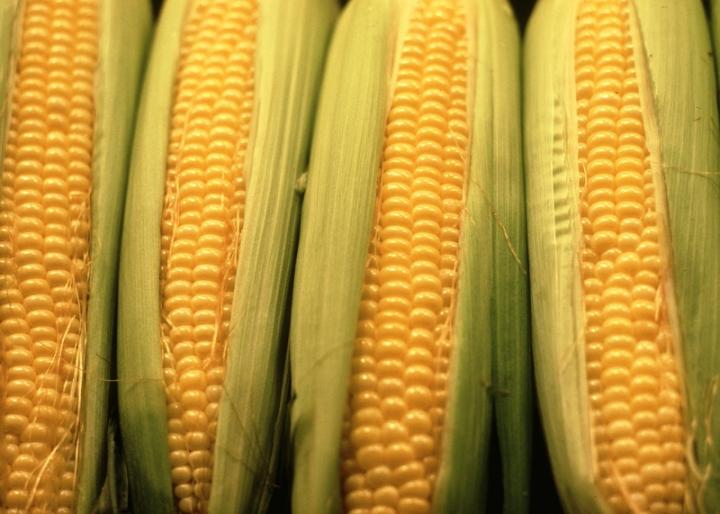5 Kernels of Wisdom You Probably Don’t Know About Corn
Corn seems like a pretty straightforward vegetable. You can eat it on the cob, cream it for a tasty Thanksgiving dish, or grab a bag of the popped variety at the local movie theater. But what you see is only a small percentage of the story. Corn has a rich history and hundreds of unique applications that should make you want to learn more.
5 Interesting Facts About Corn
Over the years, many foods have come and gone regarding popularity and feasibility. But when you study history, there are only a few that have withstood the test of time. Corn is one of them.
Scientists and historians believe that corn was first developed some 7,000 years ago in central Mexico – though it looked quite different. Started from a wild grass known as teosinte, corn looked a lot more like wheat than the vibrant, yellow kernels we know today. Maize, as it was known to the natives of North and South America, was one of the main food crops in the region.
“From Mexico maize spread north into the Southwestern United States and south down the coast to Peru,” Camp Silos explains. “About 1000 years ago, as Indian people migrated north to the eastern woodlands of present day North America, they brought corn with them.”
Corn then made its way to Europe and other areas of the world through various trades and exchanges. But the interesting nature of corn doesn’t stop there.
Here are a few other compelling facts and tidbits to sink your teeth into:
- The U.S. Grows Enough Corn To…
In 2018, it’s estimated that American farmers planted roughly 88 million acres of corn. And though that number is down from a peak of nearly 97 million acres just a few years ago, it’s still enough to nearly cover the entire state of California. That’s a lot of corn!
- 6,000-Year-Old Popcorn
Most people know that a bag of popcorn can last for a few years and still pop with very little trouble, but can it endure centuries?
In 2012, scientists discovered corncobs that were more than 6,000 years old. While that’s impressive in and of itself, what’s even more astonishing is that they were actually able to pop the kernels into popcorn.
The hard outer shell of the kernel is to thank for this amazing phenomenon. It acts as a pressure cooker and keeps water and starch sealed inside – even for thousands of years. When the kernel is heated, the starch liquefies and pressure builds up until the hard coat breaks. This leads to an outward explosion.
- Not All Corn is Created Equal
The native Americans who originally domesticated corn would hardly recognize all of the varieties that exist today. When modern farmers go to select corn for their farms, they’re able to choose from different brands based on factors like grain yield for maturity, dryland adaptability, plant height, husk cover, and cob rot. This leads to more delicious corn for consumers.
- Well, That’s Corny!
We’ve all used to the term “corny” to describe something, but why exactly has this term entered our lexicon? There are a couple of possible explanations:
- By some accounts, the term “corny” comes from the early 20th century when people would use it as an adjective to describe country people (presumably farmers who grew corn) who were rustic and old-fashioned.
- Other early documents suggest that jazz musicians of the 1920s used the term to describe an old-fashioned style of jazz – something that might be heard in the boondocks.
Either way, corny has become a part of our modern vernacular – even though we don’t give it much thought.
- Corn for the Thrifty
In the middle of the 19th century, coffee was scarce and/or too expensive for Americans who had fallen on hard times. In response, thrifty people – and Southerners in particular – would use parched corn as a substitute for coffee. They would also take the ashes of burnt corncobs and use it as an alternative to baking soda and other leavening agents.
Corn, Corn, and More Corn
These are just five interesting facts about corn. You could literally write an entire book on some of the interesting history and present-day uses of this versatile crop. As NBC likes to say, the more you know!
Comments
There are 0 comments on this post












